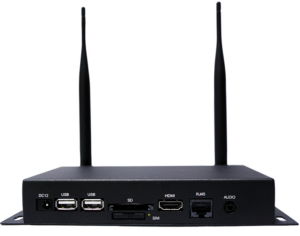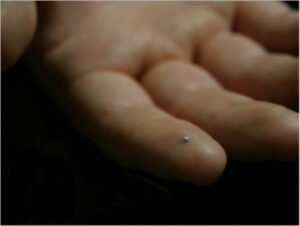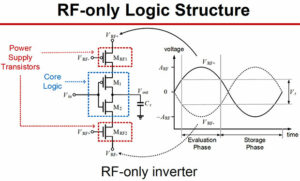![]() SEATTLE– May 05, 2017 – The Swiftsure Group announced today the launch of the Swift-ID SID400 RFID reader and Swift-ID IOT180 embedded Android computer. Middleware from SDG Systems is designed to control the SID400. The powerful, compact combination lets solution providers create intelligent, integrated RFID systems for inventory management, access control, kiosk solutions, asset tracking and industrial automation.
SEATTLE– May 05, 2017 – The Swiftsure Group announced today the launch of the Swift-ID SID400 RFID reader and Swift-ID IOT180 embedded Android computer. Middleware from SDG Systems is designed to control the SID400. The powerful, compact combination lets solution providers create intelligent, integrated RFID systems for inventory management, access control, kiosk solutions, asset tracking and industrial automation.
The Swift-ID SID400 is a UHF EPCglobal Gen 2, USB-connected reader/writer powered by a RAIN-compliant Impinj Indy RS2000 module. It provides a 16-pin terminal block with four GPIO ports, and 5V and 12V outputs. Its USB 2.0-to-serial bridge with configurable vendor ID allows for white label solutions. The SID400 accommodates four antennas. System functions can be monitored through status LEDs.

The Swift-ID IOT180 embedded Android computer
The Swift-ID IOT180 is a full-featured embedded Android computer. Running Android 6.0 Marshmallow, it has 2GB of RAM and 16GB of ROM, with enough memory and storage for sophisticated applications. The included Google Mobile Services (GMS) allows the IOT180 to provide integrated Android for Work (AfW) management capabilities and Google-specific services. The IOT180 connects to the cloud or private networks using Ethernet, WiFi, Bluetooth and optional 3.75G HSPA+ cellular.
SDG System’s middleware provides a full-featured SDK to control RFID reading and writing, settings and GPIOs. With additional software the IOT180 can be configured into kiosk mode and managed remotely.
“The Swift-ID system is a high-performance RFID automatic data collection solution for inventory, resource and process management,” said Swiftsure Group CEO Bruno Riegl. “It meets customers’ needs for affordable solutions that excel in challenging environments, from pharma cold chain to steel manufacturing. It gives customers a competitive edge and healthy ROI.”

New RFID solution captures reliable, accurate data – even amid flying sparks and metal
The SID400 and IOT180’s flexibility gives RFID cloud and fog computing options to solution providers. It lets developers build applications that process data at high speeds, providing shorter response times and better analytics.
The SID400, IOT180 and SDG Systems software will be demonstrated May 8-11 at RFID Journal Live 2017 in booth #938. The solutions, expected to be available in June 2017, can be purchased from either The Swiftsure Group or SDG Systems.
About The Swiftsure Group
The Swiftsure Group is a systems developer and integrator specializing in RFID- and sensor-based technologies for inventory, asset and workflow management. Since 1998 it has provided consulting services, turnkey solutions and project management for automatic data capture, resource optimization and business process improvement.



